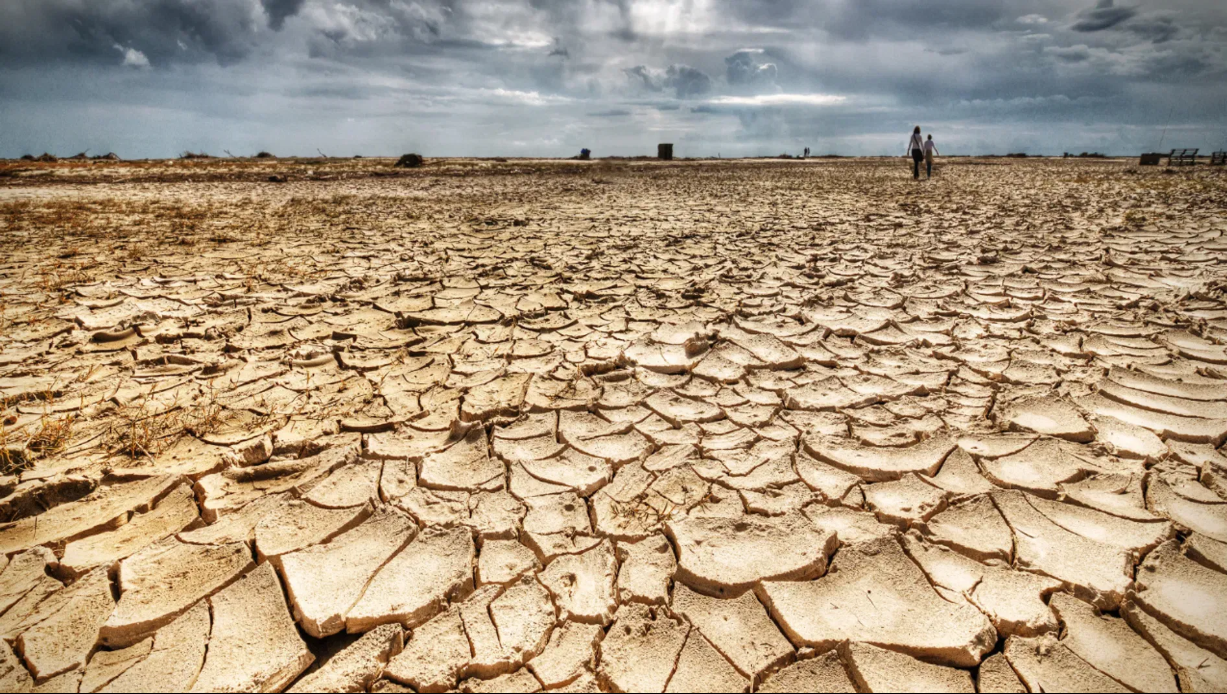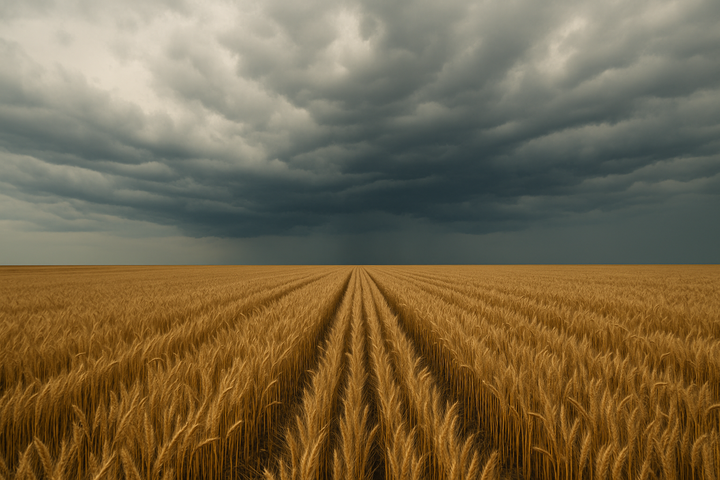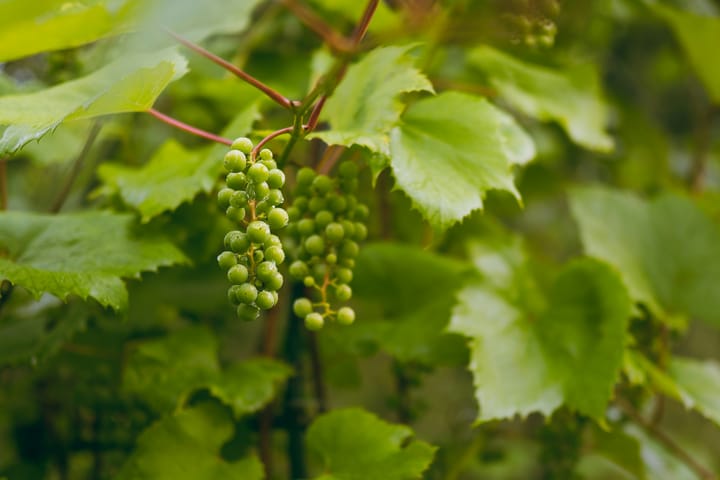Dry Wells, Empty Fields: Eastern Washington's Drought Crisis Deepens

A Third Year of Drought
For the third time in four years, the Washington State Department of Ecology has declared a drought emergency for large portions of Eastern Washington. Despite near-normal snowpacks in early 2024 and 2025, unusually warm spring temperatures caused rapid melt and diminished runoff last year, and the same is expected this year, continuing to leave reservoirs and soil moisture levels critically low. As a result, dryland wheat farmers across the Palouse are bracing for below-average yields, and water systems in rural communities, such as Lincoln and Whitman counties face mounting stress. According to Ecology, this persistent pattern marks one of the most prolonged drought periods for the region since the late 1980s.
Dryland wheat farmer Andy Juris puts it bluntly: “Water efficiency starts with fertilizer. If you don’t get it right, you waste every drop.” In Eastern Washington’s parched wheat belt, where rainfall is scarce and irrigation isn’t an option, every tenth of an inch of measurable moisture matters. Fertilizer mismanagement not only undermines yields, it amplifies the impact of drought. But instead of addressing the compounding pressures farmers face, federal lawmakers are pulling support. Budget cuts to USDA conservation and technical assistance programs mean fewer tools for farmers trying to adapt, while shallow promises out of Washington, D.C. ignore the growing threat to the region’s water table and agricultural base.
Federal Cuts Deepen the Crises
In March 2025, Congress passed a federal budget backed by the Trump administration and approved by WA-5 Rep. Michael Baumgartner. The budget eliminated key USDA programs that help farmers adapt to drought conditions, including:
- $25 million in USDA local food procurement to Washington schools and food banks
- Competitive grants to support small producers and regional markets
- USDA conservation planning and technical support through the NRCS
These cuts came just as farmers needed help the most. Rep. Baumgartner’s vote directly enabled the removal of these resources, despite his public claims of supporting rural Washington. His silence now, as farmers face mounting drought stress, highlights a clear gap between political loyalty and constituent need.
The SNAP Connection: Double Impact on Farmers
The same budget also slashed the Supplemental Nutrition Assistance Program (SNAP), shifting costs to states and reducing benefits for working families. This has a twofold impact on farmers:
- 1. Food banks and school districts that relied on SNAP-related USDA funds to purchase from local farms are scaling back.
- 2. Small farmers, already struggling to produce under drought conditions, now face a shrinking customer base.
In rural Eastern Washington, where many producers rely on institutional buyers to sustain cash flow during difficult seasons, the SNAP cuts and USDA rollbacks hit simultaneously, tightening both ends of the economic lifeline.
Climate Pressure Mounts
Climate experts have warned for years that Washington’s snow-fed water systems are under stress. “We should expect warmer winters with less snow in higher elevations, earlier springs with the snowpack melting sooner... and hotter and drier summers,” said Amy Snover of the University of Washington’s Climate Impacts Group. These are no longer predictions, they’re unfolding realities that federal lawmakers continue to ignore.
Rather than reinforcing climate resilience, the 2025 budget gutted programs aimed at supporting farmers through sustainable practices, irrigation upgrades, and adaptive rotations.
Large Farming Conglomerates & Water Usage
Adding to the strain, large-scale agricultural operations, some owned by out-of-state and foreign interests, are extracting vast quantities of groundwater. A Canadian pension fund recently acquired more than 6,000 acres of orchard land in Washington along with major water rights. Critics argue that water-intensive crops grown by conglomerates, backed by century-old water entitlements, worsen scarcity for small and mid-sized local farms.
Meanwhile, smaller farms without priority water rights or financial leverage are being forced to deepen wells, fallow fields, or exit the market altogether. Critics point out that entities, such as the Northwest Natural Gas Political Action Committee (PAC), has made significant contributions to federal candidates, including support for the Republican WA-5 congressional seat, to secure favorable federal regulations and access. Access that small farmers in Eastern Washington could never enjoy.
A Withering Future
As summer approaches, Andy Juris reviews his expenses and watches the skies. Without the conservation programs he once depended on, he’s adjusting planting schedules and rationing inputs. “We’ve had to figure out more with less before, but it’s never been this stark”, he laments.
The story unfolding in Eastern Washington isn’t just about climate and water access. It’s about choices: federal cuts that arrived with the drought, and our congressional representative who set those cuts in stone, as if the drought hadn’t already done enough.
The water crisis has become political. And for farmers like Juris, the impact is personal.

